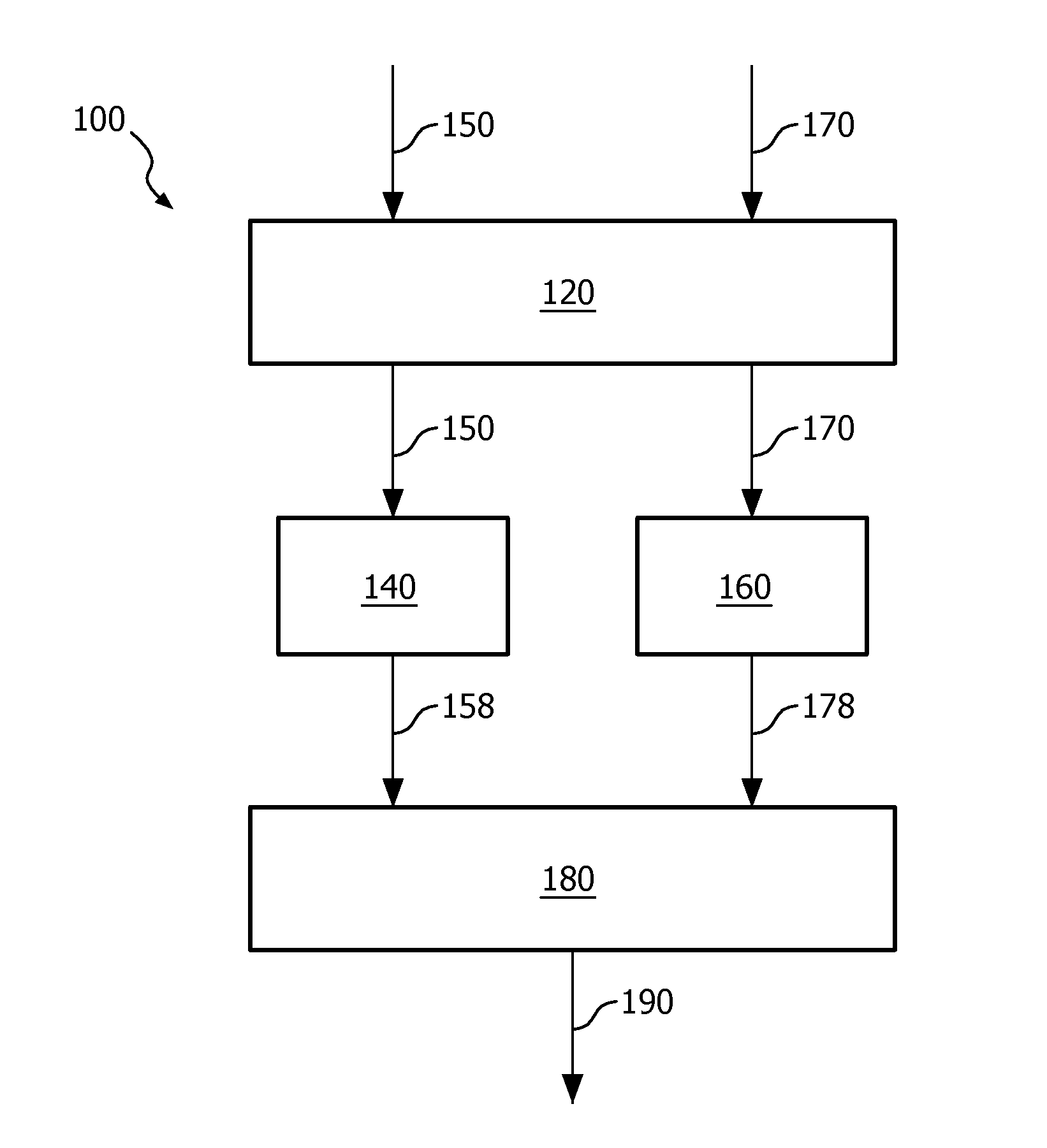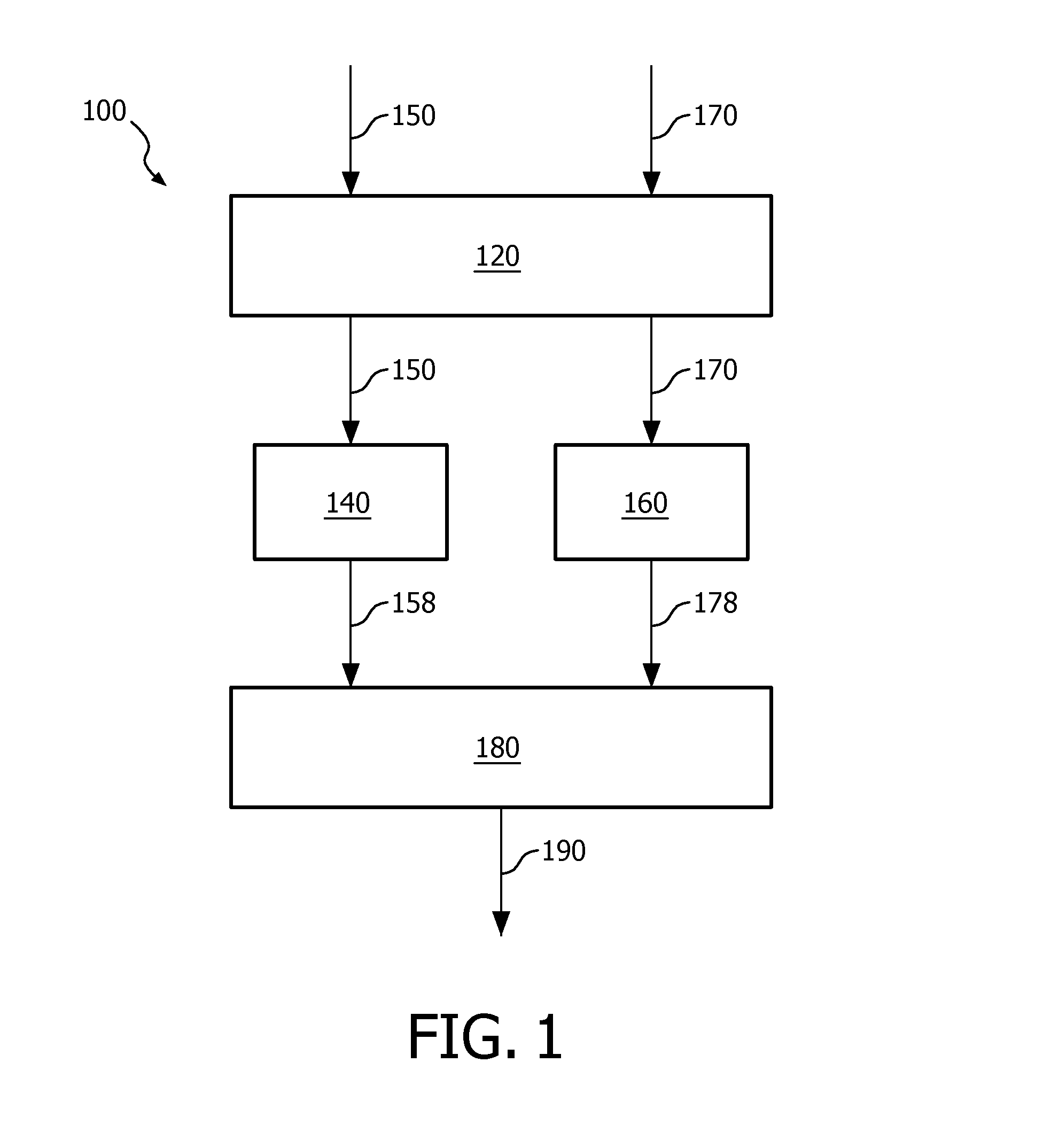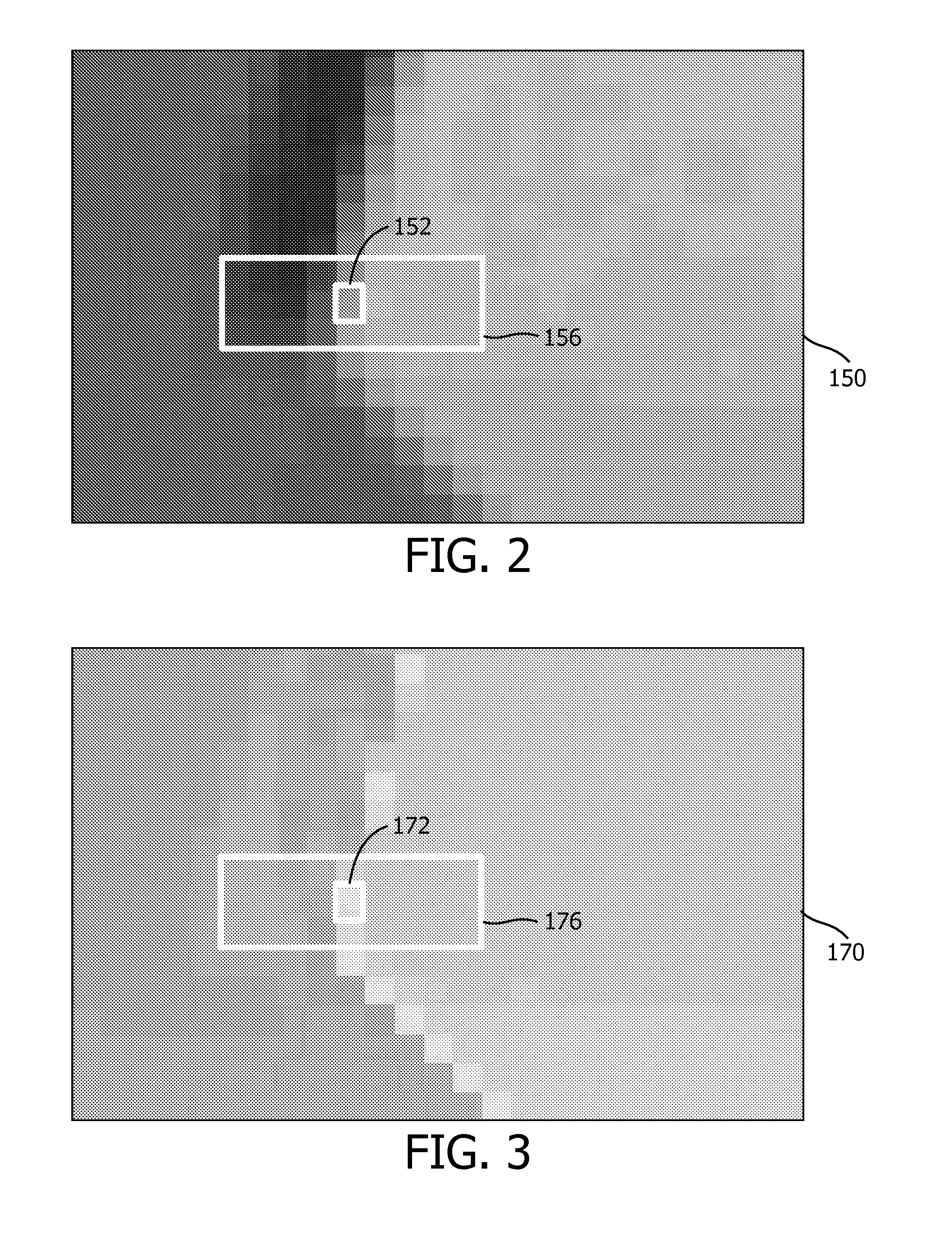Processing depth data of a three-dimensional scene
a three-dimensional scene and depth data technology, applied in the field of signal processing devices, can solve the problems of insufficient reduction of artifacts, and achieve the effects of improving the reduction of artifacts, reducing outliers, and reducing depth outliers
- Summary
- Abstract
- Description
- Claims
- Application Information
AI Technical Summary
Benefits of technology
Problems solved by technology
Method used
Image
Examples
Embodiment Construction
[0046]It is noted that, in the previous and in the following, image data refers to a data representation of an image. The image is a visual representation of information. The image data typically comprises so-termed image values, i.e., data elements such as luminance or chrominance values of portions of the image. Alternatively, the image values may be other values that may be interpreted and thus visualized as luminance or chrominance values.
[0047]Moreover, depth data refers to a data representation of a depth of a 3D scene. The depth data typically comprises so-termed depth values, i.e., data elements that indicate a distance to a camera or to a viewer. Typically, depth data may be visualized as monochrome image data.
[0048]Although depth data typically comprises depth values, depth data may also be represented using so-termed disparity values or displacement values. Within a stereoscopic image pair, the disparity values associated with an image correspond to the apparent displacem...
PUM
 Login to View More
Login to View More Abstract
Description
Claims
Application Information
 Login to View More
Login to View More - R&D
- Intellectual Property
- Life Sciences
- Materials
- Tech Scout
- Unparalleled Data Quality
- Higher Quality Content
- 60% Fewer Hallucinations
Browse by: Latest US Patents, China's latest patents, Technical Efficacy Thesaurus, Application Domain, Technology Topic, Popular Technical Reports.
© 2025 PatSnap. All rights reserved.Legal|Privacy policy|Modern Slavery Act Transparency Statement|Sitemap|About US| Contact US: help@patsnap.com



